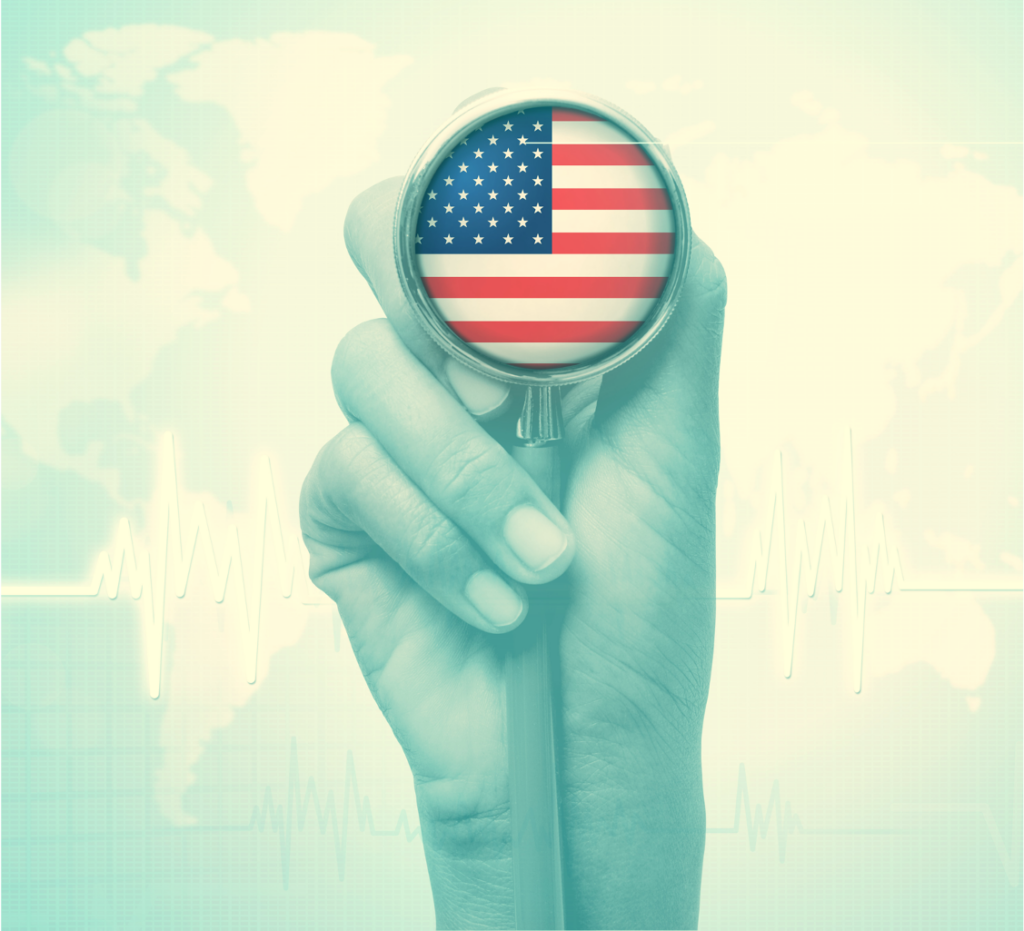By Wayne Miller
1. There is no definition of health and no measurement for it is embedded in any operation of the healthcare industry. That is pretty interesting; if we don’t define health and we don’t measure it, then we cannot solve the fundamental problem of fixing this thing (which we cannot define and don’t measure). It is not incidental that we spend $4 trillion per year on healthcare in the US and do not know how to describe or quantify “health.” Those who trivialize this status do not grasp the magnitude of failure embedded in the system’s design, operations, and financing.
2. Obamacare (aka, the Affordable Care Act) did not make health insurance affordable and it wasn’t about patient care. The ACA is entirely consistent with how legislation gets named in Washington D.C. The plan was designed to increase access to health insurance for people who are poorer. It did that by virtue of the federal government subsidizing the cost of health insurance. What most people do not know is that the ACA was never designed to fix the fundamental problem of US healthcare, which can be characterized as, “We pay for products and activities whether they are effective or not.” You would be hard-pressed to identify any real-world business that allocates capital to products and services with uncertain efficacy.
3. Research is very clear on the importance of what are called the social determinants of health. The influence of being homeless, malnourishment, physical and/or emotional trauma, social isolation, and other such factors in the realm of social activities are primarily responsible for poor health and disease. The estimate of the weight of such factors on the health of an individual varies from 50-85%, depending on the data source. Failures in these social systems are the front end of a pipeline that leads to the medicalization of such social failures, with high healthcare expenditures at the back end. It shouldn’t surprise you that physicians aren’t trained or paid to ask about (let alone, address) any of these issues. If that sounds crazy, you are thinking properly about it.
4. The data functions embedded in the healthcare systems are pathetic. Although hospitals collect a lot of patient data, the entire dataset comes from two sources: A. Billing codes that are constructed and submitted to stimulate payment for services rendered, and B. Electronic health records. The chief information officer at a $15 billion hospital system told me that, when they examined the data from source A, it was entirely corrupted by the influence of “up-coding.” “Up-coding” is a euphemism for how to submit billing in a way that stimulates more revenue per patient. When the CIO examined his company’s billing data to assess its clinical utility, the data was too heterogenous (all over the place) to be of any research value. This is particularly interesting in that, historically, claims data is the primary source of information used to describe the delivery of healthcare services. Further, the data from source B didn’t match up with the data from source A. The EHR data was sufficiently different from the billing data, so it wasn’t possible to glean any information of clinical value relative to improving patient care.
When one looks over the healthcare landscape, these data functions can only be called archaic, and are entangled in legacy operations that were never about data-mining for the purpose of improving clinical medicine. In the industry, it is called revenue recognition; all the major consulting firms offer the service, and all major hospital systems engage in such practices.
5. Historically, physicians and other clinical personnel aren’t trained in nutritional biochemistry (beyond a couple of hours). They aren’t trained in toxicology (a problem, given how toxic our food, air and water is). They aren’t trained in systems thinking (a way of thinking about a problem in which more than two variables are represented). They also aren’t trained in biophysics (the discipline of assessing the physics of basic and dysfunctional physiology), or a host of other disciplines necessary to materially improve patient outcomes.
Physicians are paid primarily on the basis of their education, time spent with patients, and the cost of producing the service they offer. This fundamentally means that certain disciplines are not in their foundational toolbox. In one sense, the regulatory apparatus keeps physicians stuck. So, while I don’t blame them for having a small toolbox (operating within the constraints of the regulatory apparatus), this means that bringing an innovative (bigger) toolbox to the patient care ecosystem would have to include a lot of training. If the payment system doesn’t allow for that training transition, efforts to stimulate innovation will amount to rearranging the deck chairs on the Titanic. Indeed, most efforts (innovation funds) to “reform” healthcare have failed, and failed miserably. This was the recent conclusion of the Centers for Medicare and Medicaid Innovation, another brainchild of the ACA.
Wayne Miller was trained in neuropharmacology research and worked for a drug company at the start of his career; subsequently, he became an acknowledged expert in pension finance and fiduciary management, both domestically and globally. He turned that fiduciary lens to the domain of healthcare and discovered a cesspool. In 2016, the US Air Force Medical Service granted a multi-year, multi-million contract to create and operationalize an informatics platform to document the application of systems thinking to clinical medicine. Wayne was the designed and technical lead for that project.

